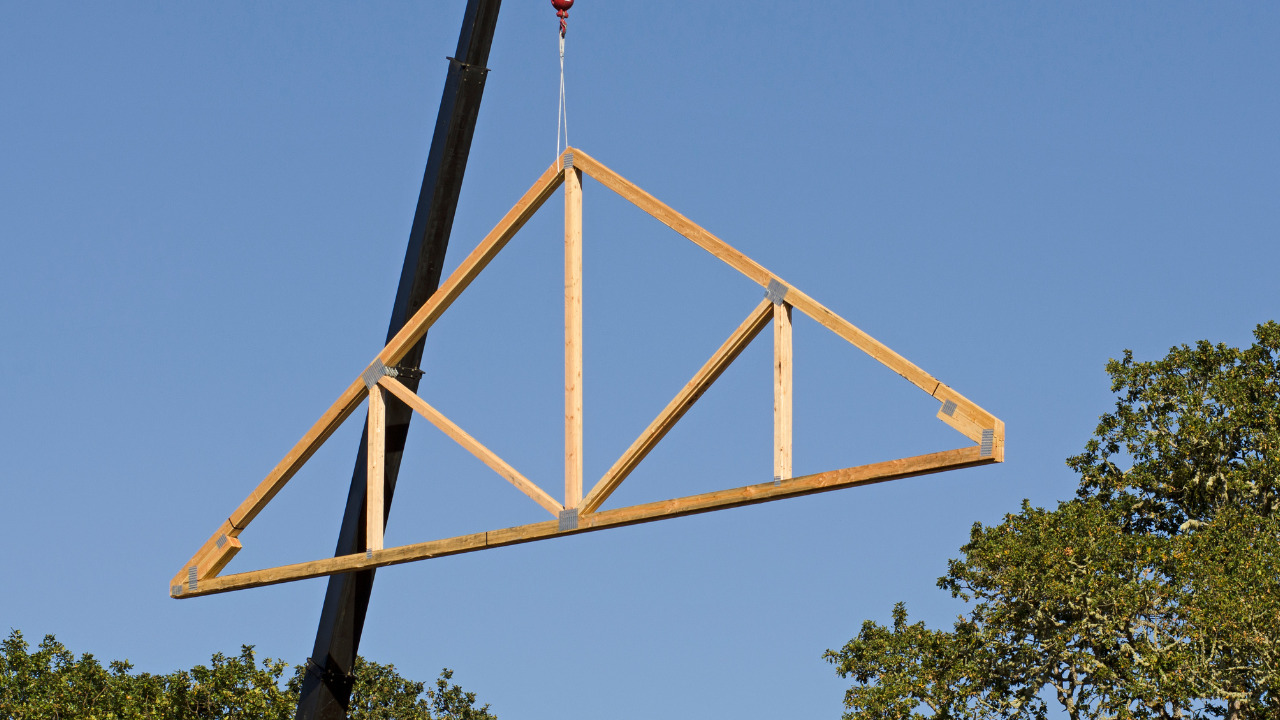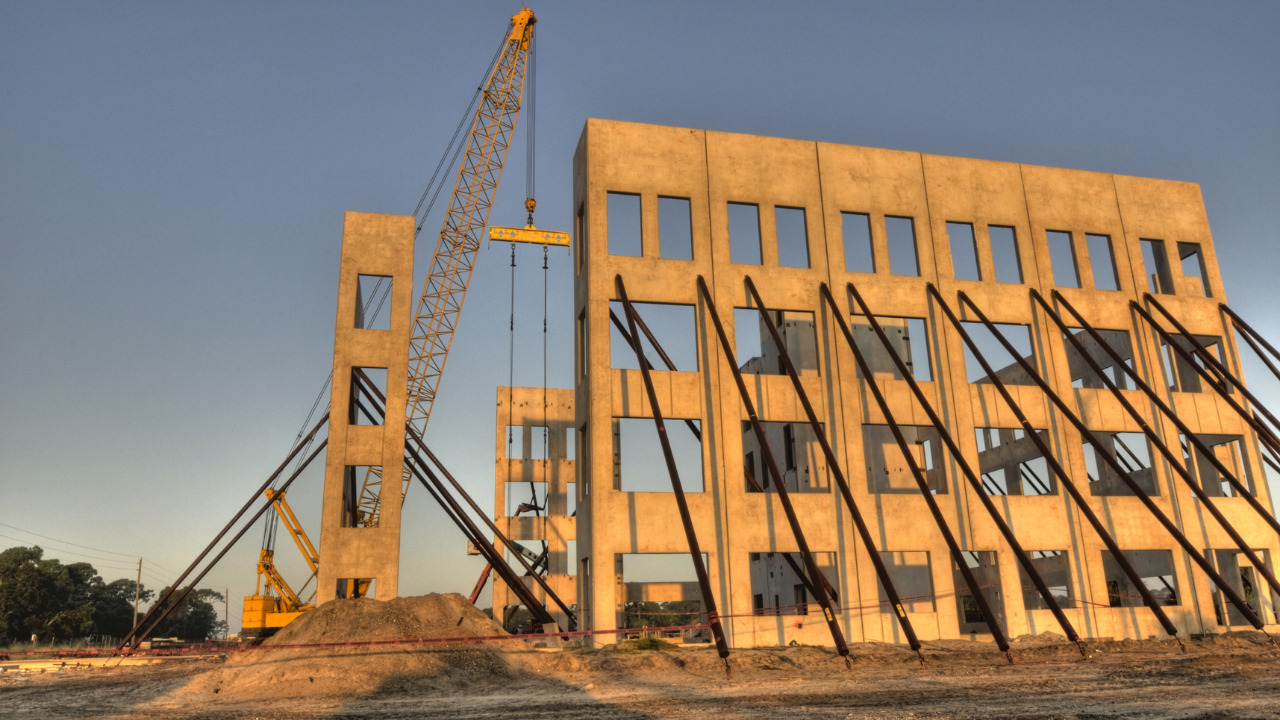Panels, or the horizontal distance between two adjacent panel centerline locations along the top or bottom chord, are the structural component of trusses. For forces to be transferred via the truss members and eventually to the bearings, the triangulation of the truss depends on panels.
The truss technician chooses the panel length, which usually dictates the size of the material used for the top or bottom chord. The truss technician is likelier to employ wider-width material when the panel length is longer.
Web members intersect top or bottom chords at panel points connected by metal connector plates. Panel points determine the length of the panel and the truss’s webbing formation.
Moving the panel’s points Even small distances can impact a truss’ efficiency and change it from one that doesn’t meet design specifications to one that does. This is especially clear when a truss is subjected to point loads.
Table of Contents
Basic Types Of Truss
The triangular form of the pitched or ordinary truss distinguishes it. Roof construction is where it is most frequently employed. Some common trusses, such as the King Post or Howe truss, are named based on their web structure.
The span, load, and spacing dictate the chord size and web arrangement. Every truss design is refined to offer the best cost-effective solution. Due to its parallel top and bottom chords, the parallel chord, also known as the flat truss, got its name. This kind is frequently employed in floor construction.
Truss Panel Point Dialogue Box
There are seven tabs in the Truss Panel Points dialogue box: Type of Joint, Materials, Forces, Joint Members, Structure, Drawing, and Interaction Curves.
The buttons on the Kind of Joint tab are used to specify the configuration of a truss joint as well as its type. With the help of the corresponding buttons in the Structure group, you can specify the type of cross-section for the truss’s bar members.
Properties Of Truss Joints
The drop-down lists in the Properties of the collaborative group are used to set the position of the weld and the kind and method of welding. Welding can be done in an overhead, underhanded, flat, horizontal, or vertical position.
The fillet weld design resistance for typical shear of the weld metal and the weld metal’s characteristic resistance are values shown in the group titled Properties of welding materials. The Materials for Welding dialogue box allows for the specification of these quantities.
Axial forces operating on the truss joint’s bar members are specified using the Forces tab. There are countless possible load design combinations. Tones are the standard units of measurement for axial forces.
Use the Joint Members tab to specify the size of panels close to the truss panel point under consideration. For the dimensions of truss panels, meters are the standard units of measurement. The cross-sections of the members joined in the deemed joint and their orientation concerning the truss plane are specified using the Section group.
How To Check A Load Bearing Capacity Of A Truss Joint?
You must provide every design parameter of the joint to carry out a load-bearing capability check on the structural design of the truss junction that has been specified. The dimensions of the joint’s structural parts, their thickness, the number of bolt rows, the lengths of their legs when welded, and other factors are among the parameters.
When Some parameters are specified menu option is chosen, and the computer will automatically calculate the values of the undefinable parameters based on the circumstances of an appropriate resistance.
Basic Function Of Truss Panel Point
A truss’ purpose is to transfer load as directly as possible from the place of application to the supports. So, a basic frame is the most effective for a concentrated load at the center of a span. Similarly, a truss similar to the queen-post type is the most effective if only two equal and symmetrically placed concentrated loads are involved.
Without web members, the load is carried to the support in both trusses directly through the sloping top-chord members. Using slotted anchorage connections, thrust caused by deflection can be reduced if a truss is supported by masonry.
Except in long spans when greater positive free movement is deemed desirable, roller supports with just one bearing are uncommon with deflection provision. At the time of erection, thrust relief is crucial since later, when the truss has stabilized significantly, it will no longer be necessary.
Number Of Panels Matter For Longevity Of Truss
To the extent suitable member sizes permit, it is preferable to use as few truss panels as possible. This method will result in less handling of the components, less manufacturing and assembling of the joints, and presumably better performance.
Typically, the number of panels should be chosen by suitable top-chord sizes rather than using a strict formula. As a result, a long truss may have either four or six panels, while a symmetrical truss span would likely have four.





